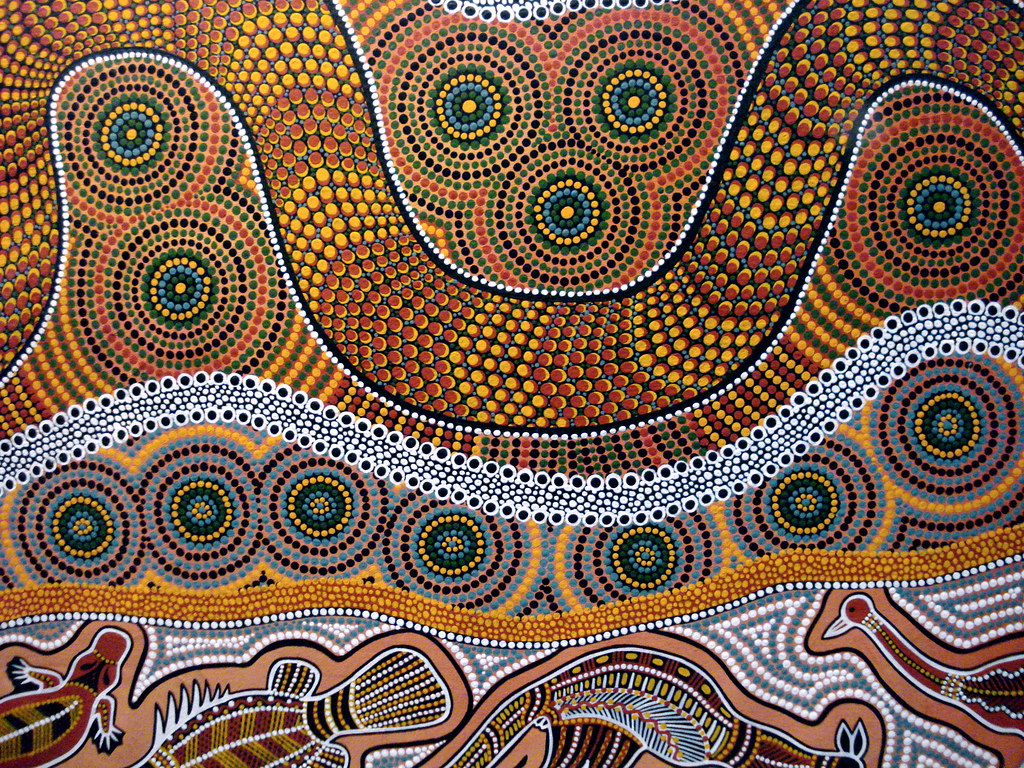
Written by Michael Nacey ’23, History major
Wednesday, March 17th saw the LMU History Department host a very special guest, Haidy Geismar. Geismar, whose accomplishments are listed below, spoke for the History Department’s event “Reshaping the Collectible: Thoughts About Curating Indigenous Art within the Tate Modern London.” The event was moderated by Professor Amy Woodson-Boulton, who is teaching a course on Museums and Society (HIST 3910) this semester and will teach a Topics in Public History course (HIST 4910) in the fall, in which students will curate an exhibition for the library.
Professor Geismar’s lecture focused on her recent work the Tate, participating in their project Reshaping the Collectible, which began in 2019. As part of this project, the Tate is changing the relationship museum visitors have with a museum’s collections by promoting participation in dynamic and unconventional exhibits. These exhibits are meant to reveal the innate injustices that are baked into the way museums present art, moving away from that precedent of exclusion towards a method of exhibition that is more aware of the history that it stands on. In describing this change in approaching curation, Geismar used artist and activist Richard Bell’s work Embassy, a tent embassy for the first people of Australia, as an example. She led her audience through the history of the first Aboriginal Embassy, set up in Canberra in 1972 to protest the concept that Australia was Terra Nullia (empty land) before its colonization. Almost 50 years later, Bell’s tent has traveled the world, hosting conversations centering on social justice and activism. Geismar linked Bell’s work to changing conceptions of museums brought upon by digitization. She outlined Nina Simon’s idea that museumgoers are users and art a museum’s content and Claire Bishop’s notion of visitors as part of a dialogue that can shift the inherent conservatism of established museum culture. In essence, Geismar spoke on curatorial activism, the idea that the dialogues Embassy shelters can be spread to the entirety of a museum.
Following Geismar’s lecture was a Q and A session touching on many subjects. Geismar answered questions about how to amend the messages imparted by restricted exhibition spaces, the impact of the COVID-19 pandemic on museums worldwide, how to present stories that are simultaneously anti-colonial and unfocused on colonial violence, the provincialism of the art world and the assumption by governments that museums are neutral spaces. Overall, it was an exceptional end to an exceptional event, filled with insights and brimming with information connecting to wider currents influencing the world today. Here’s hoping that Geismar will speak at another History Department event soon.
Haidy Geismar is a professor of Anthropology at University College, London (UCL), an author of books including Treasures Possessions and Moving Images (which won the 2012 John Collier Prize for Still Photography from the Society for Visual Anthropology), Chair of the Royal Anthropology Society, co-editor of the Journal for Material Culture and collaborator with the Vanuatu Cultural Center, Aotearoa New Zealand, the Cambridge Museum of Archaeology and Anthropology, the Metropolitan Museum of Art, the East-West Center Gallery in Honolulu. She has worked in the field in Vanuatu and New Zealand. She also co-directs UCL’s Digital Anthropology program.



